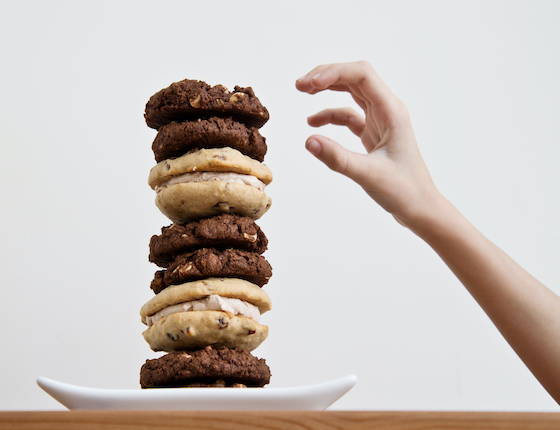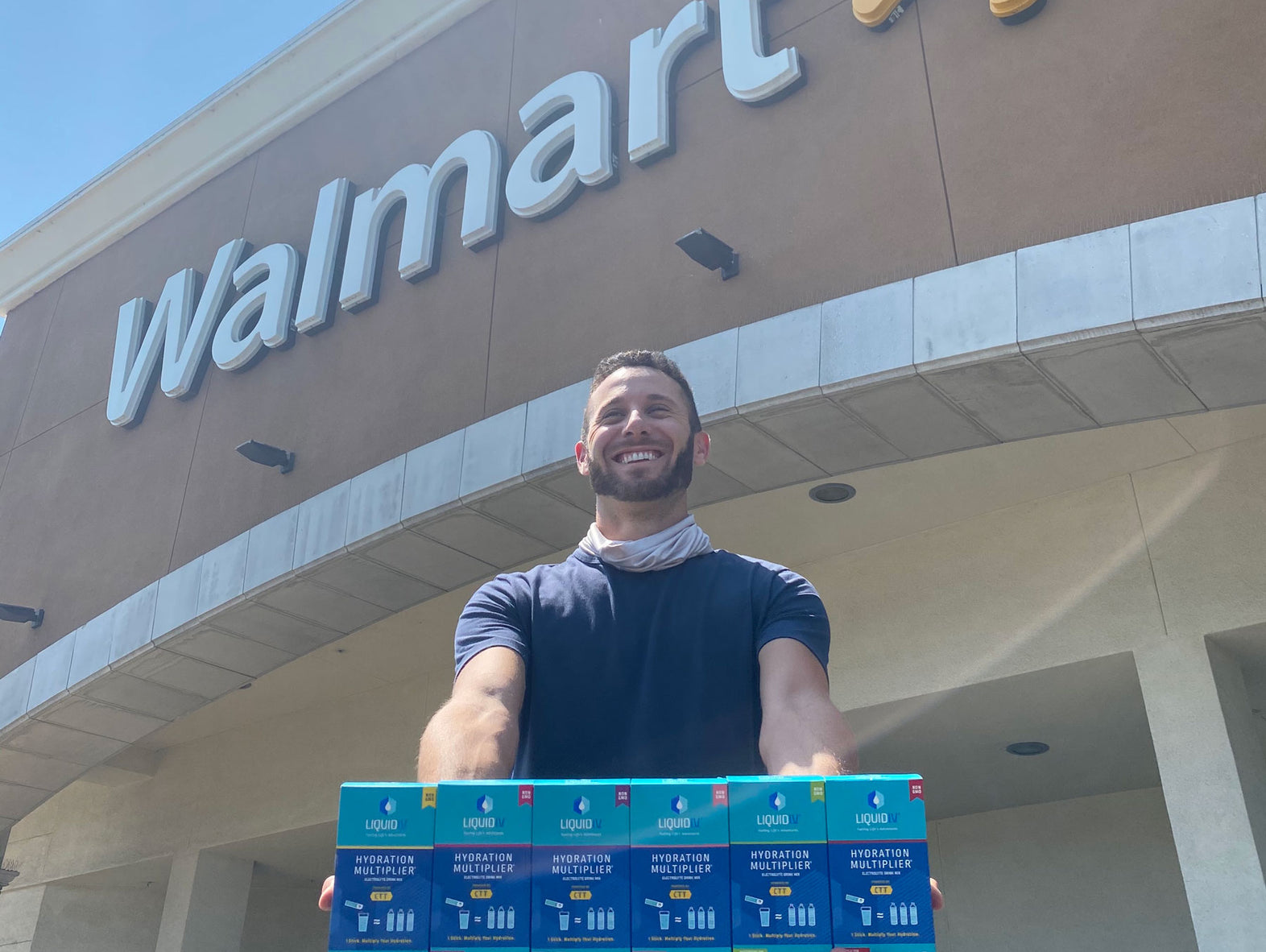What to Know About Heat Stroke
Whether you are hiking, camping, swimming, biking, or at a music festival, there’s always a risk of heat stroke in the summer. Heat-related illnesses can be extremely serious and in fact, kill hundreds of people each year. The more you know about heat stroke, its signs and symptoms and how to prevent it, the more you will be able to enjoy being adventurous in the great outdoors. In this blog, we dive into information about heat stroke and hydration to help active people who may be at risk of heat stroke this summer. If you are a go-getter who likes to be outdoors and push yourself to new limits, this one’s for you.
The Science Behind Staying Cool in Hot Weather
Generally speaking, it takes about 7 to 10 days for the body to adapt to hot weather. A non-acclimated person can produce a liter (or almost a quart) of sweat in an hour to assist in cooling the body. A person who is acclimated to the heat can produce 2 or 3 liters of sweat per hour, doubling or tripling the cooling potential for the body. This water lost in sweat needs to be replaced for the sweating/cooling mechanism to work. This should help give you an idea if you are at risk for heat stroke before making a long trek up a mountain in the heat. Have you adapted to the hot weather, or is today your first day under the blazing sun? Are you drinking enough liquid to replace the water lost in sweat? These are key questions to ask yourself before embarking on that fun summer day.
Signs of Heat Stroke
As an active person, it can be easy to think you have everything under control, but it’s important not to push yourself beyond your limits. Remember, when it comes to any outdoor activity, safety must be first priority. By being in tune with your body, you will be able to recognize if and when heat stroke symptoms occur. When this happens, it’s critical to not ignore your body. Dehydration is the pathway that leads to heat stroke. Once your body becomes dehydrated, these are the signs of heat stroke to follow that you must be aware of:
-
Cramping. Usually muscle cramps in the leg or abdomen are the first sign of heat stroke.
-
High body temperature. A core body temperature of 104℉ (40℃) or higher, is the main sign of heatstroke.
-
Altered mental state or behavior. Confusion, agitation, slurred speech, irritability, delirium, seizures and coma can all result from heatstroke.
-
Alteration in sweating. In heat stroke brought on by hot weather, your skin will feel hot and dry to the touch. However, in heatstroke brought on by strenuous exercise, your skin may feel dry or slightly moist.
-
Nausea and vomiting. You may feel sick to your stomach or vomit.
-
Flushed skin. Your skin may turn red as your body temperature increases.
-
Rapid breathing. Your breathing may become rapid and shallow.
-
Racing heart rate. Your pulse may significantly increase because heat stress places a tremendous burden on your heart to help cool your body.
-
Headache. Your head may throb.
How to Prevent Heat Stroke
How to Prevent Heat Stroke
You are active. You like the outdoors. You love adventure. Now, you know the signs of heat stroke, but how can you prevent heat stroke from occurring in the first place? Here are some helpful ways active people can prevent heat stroke and enjoy their recreation time:
You are active. You like the outdoors. You love adventure. Now, you know the signs of heat stroke, but how can you prevent heat stroke from occurring in the first place? Here are some helpful ways active people can prevent heat stroke and enjoy their recreation time:
Stay HYDRATED
Heat stroke affects people who are active in a hot environment and not ingesting an adequate amount of water. People who exert themselves in the heat are at high risk for heat related illnesses. As a general rule of thumb, aim to drink 2 to 4 cups of water every hour while you are outdoors. When your body is telling you that you are thirsty, get yourself hydrated. The more sweaty you are, the more you should drink water. Electrolyte drinks like Liquid I.V. are a great way to give your body a boost to get hydrated since one drink mix can provide the same hydration as drinking 2-3 bottles of water.
Eat Water-Rich Foods
Water-rich fruits and vegetables are packed with vital nutrients containing electrolytes such as magnesium, potassium, sodium and calcium. Foods like watermelon (water content 92%), cucumber (water content 95%), strawberries (water content 91%) and Cantaloupe (water content 90%) help to combat electrolyte imbalance. Be sure to pack some of these snacks to help prevent heat stroke.
Avoid Alcohol, Sugary Drinks and Caffeine
The problem with alcohol, sugary drinks and caffeine is that they cause you to urinate. When you urinate, you lose electrolytes. When this happens, you are on your way to becoming dehydrated and closer to heat stroke. Caffeine speeds dehydration. If you are planning to be outdoors and the temperature is scorching, it’s best to avoid these drinks.
Avoid Direct Sunlight
Although at times it may be difficult to avoid direct sunlight, it’s best to avoid it if you can. Stay near where there is shade. Plan out your activity to start earlier or later in the day when there are cooler temperatures, or wear protective sun hats and other gear. The cooler it is outside, the less risk you have for heat stroke.
Rest When Needed
Some people push themselves and fail to give themselves rest, even if their body is asking for a break.Take regular breaks when hiking or running outdoors to prevent muscle cramps and elevate your feet if need be to avoid lightheadedness. While enjoy summertime activities, it’s important to rest when you need to and take proper care of yourself.
It’s the Clothing that Matters
Loose fitting 100% cotton clothing helps to cool the body down faster. There is no sense in going bare chested; by doing so, you lose the cooling system that clothing provides. Remember to wear light colors since they absorb less heat. Besides clothing, if you want to prevent heat stroke, wear a well-ventilated wide-brimmed hat. Thinking about what you wear and using your clothing as a tool to help combat the beating sun will help you to enjoy the great outdoors without risking your health.
Bottom line, if you’re active outdoors during hot temperatures, keep yourself hydrated, pay close attention to your body, and if you are experiencing heat stroke symptoms, don’t push yourself beyond your limits. Do everything you can to prevent heat stroke from happening to you. Heat related illnesses do occur and can be extremely dangerous. Stay safe out there, summer adventurers.





